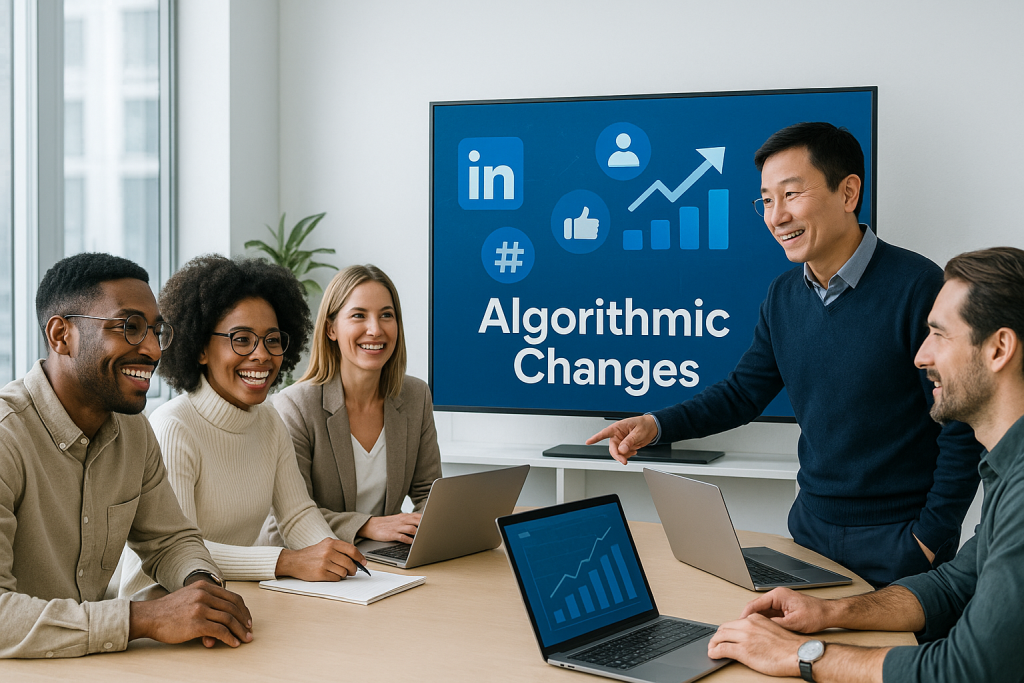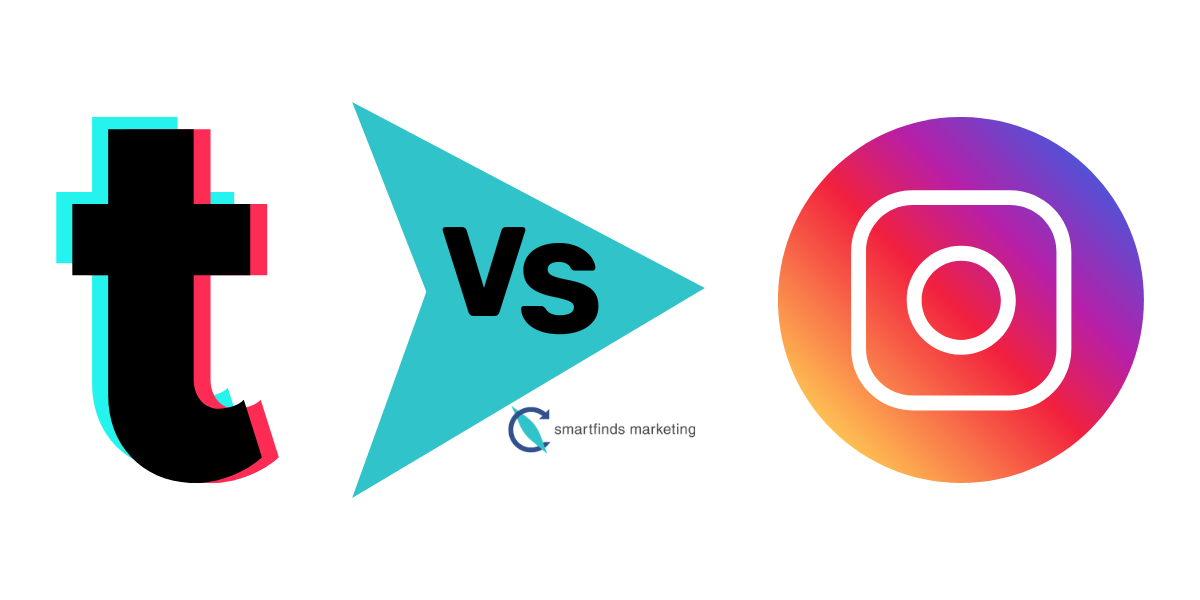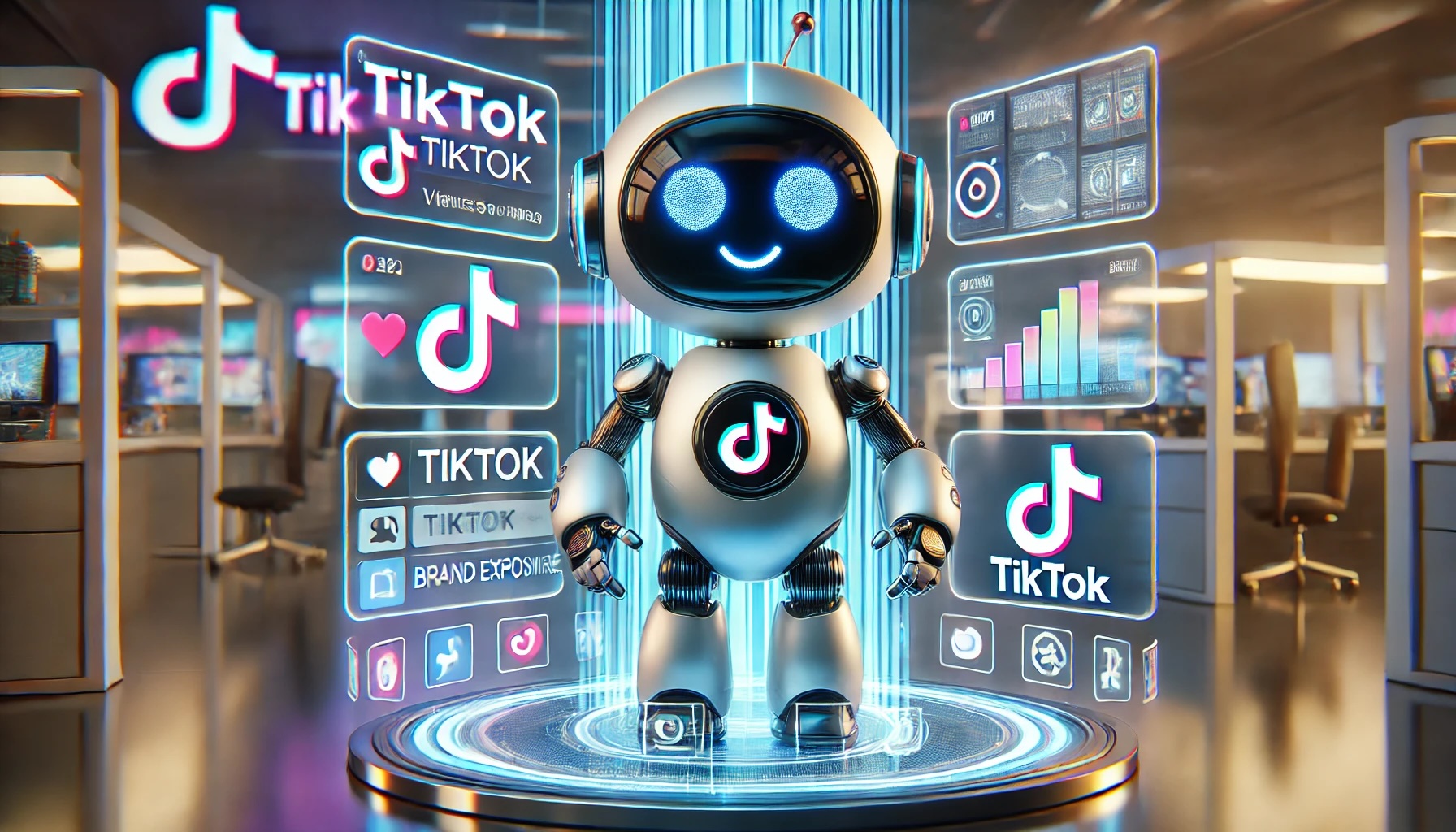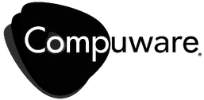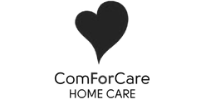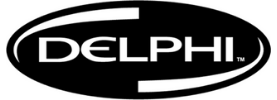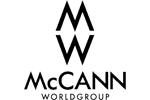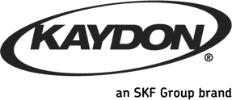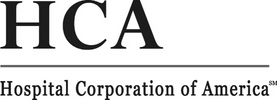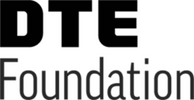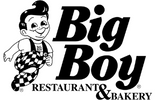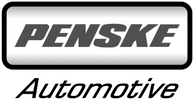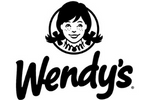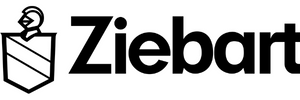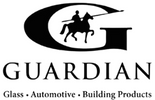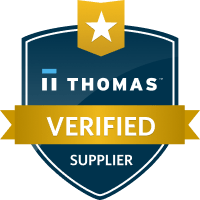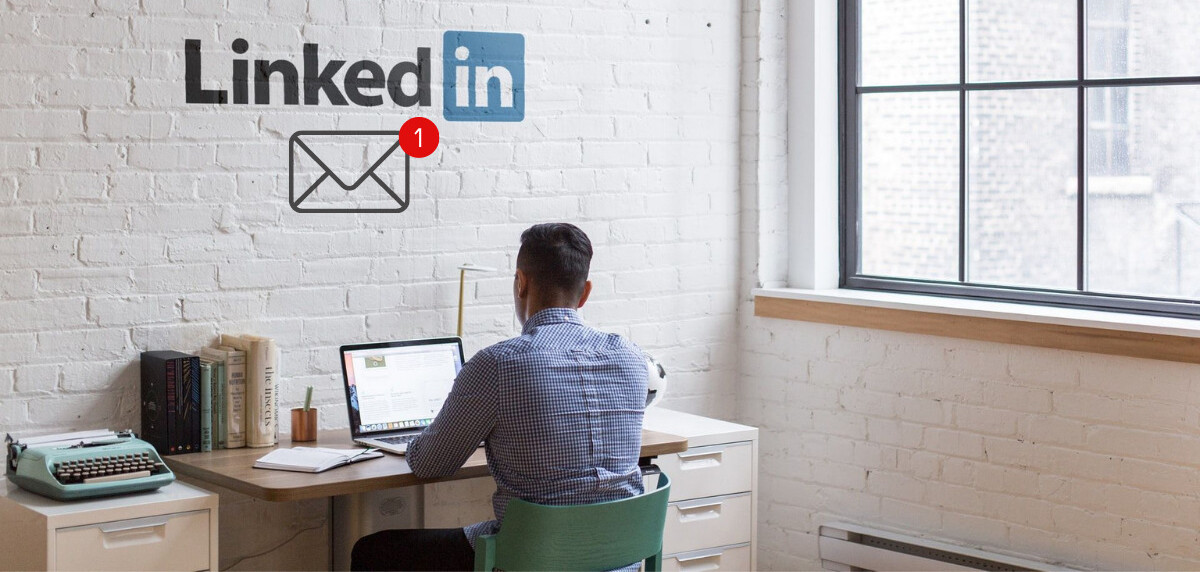
Why Does LinkedIn Messaging System Repel Users
In June 2020, the LinkedIn engineering team finally made significant changes to the LinkedIn Messaging system. Their goal was to change the messaging platform to improve the user experience for its members. At the same time, they wanted to provide greater flexibility and innovation for the LinkedIn engineering and product teams. According to the LinkedIn engineering team working on this project, “Over the last five years, the number of messages sent on LinkedIn has quadrupled.” You can read more details about their efforts in the LinkedIn blog post “Rebuilding messaging: How we designed our new system“.
LinkedIn is a business-centric social community with 740 million members across 200 countries. Changing an old messaging system, developing something new across the world, and pleasing everyone is not an easy task. There is no doubt the changes implemented in June 2020 are a significant improvement. We can even go so far to say it is a good starting point.
As members (both paid and free), we hope the LinkedIn engineering team is going to continue improving and building on these latest updates. However, the work is not at a point where they should slow down.
Why Do I Use LinkedIn?
Everyone uses LinkedIn for different reasons and the platform is trying to cater to at least three different purposes. You have the consumer-level networking, the talent solutions services for recruiting, and the sales solutions.
I’ve been a member with LinkedIn since 2005 and now have over 15,000 connections. As you can imagine, managing communications from a large network is not an easy task. Time efficiency is imperative. For me, LinkedIn marketing works best as a sales platform to find potential customers, partner companies, and to build brand awareness of our company.
LinkedIn is trying to be a solution for too many different types of needs. The messaging system must function for each individual demographic and their purpose, from recruitment to sales. This makes the functionality of the messaging system difficult.
How LinkedIn Messaging System Can Be Improved Even More
- Change the Notification Emails ImmediatelyI don’t spend all day inside of LinkedIn. After all, I have a business to run. I need my communications to be easy, especially if I am a paid LinkedIn member. Not only am I paying for services, but I’m also paying for time efficiency too.For instance, when I get a notification about a new LinkedIn message, I want to be able to both see the message content and reply to it right from my inbox. The current setup is hardly efficient if you are asking me to go to LinkedIn Messaging to read and respond to the message there. Rather, you are antagonizing me, not to mention, my productivity.If your goal is for me to see more ads or activity in the network through the browser, then you’re also not thinking of me – the paid member.
Whatever your reason to force your members to visit the website, the notification email system must be fixed as quickly as possible.
- One Inbox, Not Two, PleaseUsing Sales Navigator is a great sales tool. Amongst my Sales Navigator requests is that I have one place where I manage my messages. I don’t need two locations. If I message a connection in Sales Navigator and then later message that person from LinkedIn Messages, they are not grouped together.While I’m not likely to stop being a paid member, there is a question of what happens to the Sales Navigator inbox once a subscription stops. The expectation is and must be that the inbox and all its content disappear. Under those circumstances, why even use the Sales Navigator messaging system? What value does the Sales Navigator messaging system give the member over the regular LinkedIn Messages system?Clearly, one can see how time-consuming it is to manage two inboxes from two locations under the same platform.
- Sales Navigator Inbox Management Is Beyond ClunkyIs there any reason, why the Sales Navigator inbox management is not the same as the recent changes you’ve implemented in LinkedIn Messages? After all, this is the paid service, and you would think the service is better and more efficient than the free service, right?
Let’s start with something basic. How about having the ability to “Select All” and then hit delete. When I say, “Select All”, I do mean “Select All”, not just what is on the visible page. This idea of selecting groups of anything across all of LinkedIn is a problem across the board.
Click to Join the LinkedIn Conversation
Click to join the conversation.
What Other LinkedIn Members Are Saying?
- Jillian Bullock wrote “LinkedIn Messaging – The Good, The Bad & The Ugly” in November 2018. While this LinkedIn article is older, the LinkedIn engineering team will find several of the points mentioned still exist as an inefficient problem in 2021.
- Phil Wiseman has taken his inability to properly manage his inbox to a new level. In December 2020 he updated his blog post “How to clean up your LinkedIn messages in minutes.” to help members clear out their inbox more efficiently with the help of Tim Whitacre
- Let’s fast forward to April 2021, Audrey DeSisto did a poll of her connections about the LinkedIn Messages system. 58% of the respondents said their inbox was unmanageable.
Help Me Be More Efficient using LinkedIn Messaging
Having been a LinkedIn member since 2005, I have had a chance to use their support and ticketing system quite often. There is a good chance they would appreciate these types of suggestions be submitted through their feedback system.
John Marrett wrote an article “A LinkedIn Suggestion: User Feedback (aka Using User Suggestions to Improve LinkedIn!)”.
Unfortunately, running this type of feedback through LinkedIn’s support system seems to get lost in Neverland and you don’t hear back. If you open a support ticket, you’re likely to get a response quoting policies and procedures.
To the LinkedIn teams… remember the theme of this article? Help me be efficient with my communications and time. This will make your members happy and more inclined to stay with you for the long haul.
Photo by inlytics | LinkedIn Analytics Tool on Unsplash
Graphic image by LinkedIn
Ready to get to work?
Fill out the form below to start your customized CRO program today.
Author: Melih Oztalay


